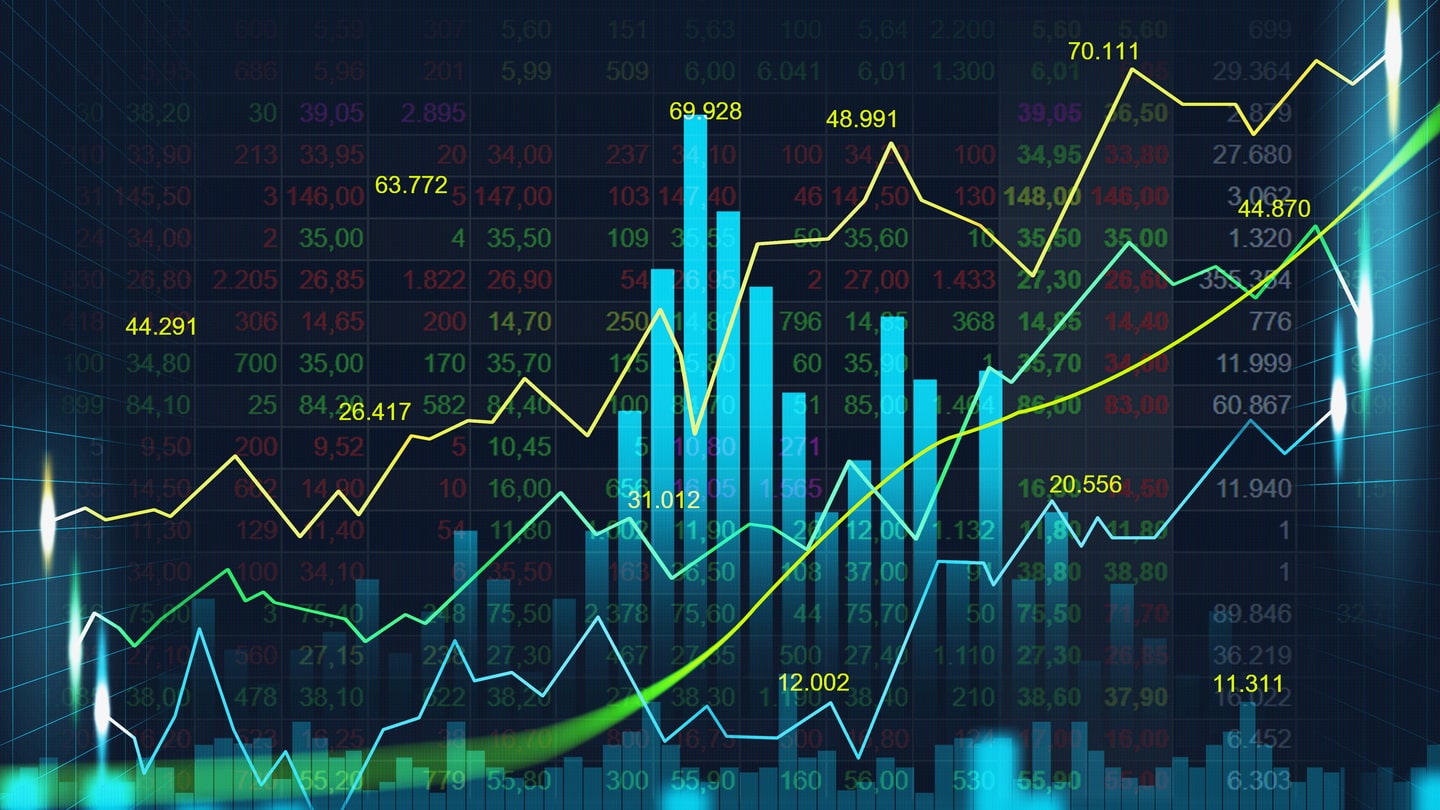The difference between trading CFDs and futures in Sydney
Several critical distinctions exist between Contracts for Difference (CFDs) and futures when trading. We’ll take a look at the main distinctions between CFDs and futures in Sydney, so you can make an informed decision about which product is right for you.
What are CFDs and futures contracts?
If you’re new to forex trading, you may be wondering what CFDs and futures contracts are. Both are financial instruments that allow traders to speculate on the future price of an asset. For example, a futures contract might give the holder the right to buy a certain amount of gold at a set price on a specific date.
Similarly, a CFD might give the holder the right to sell shares in a company at current prices, regardless of whether the share price has risen or fallen by the contract expires. You may use contracts of both types to hedge against potential losses or take advantage of possible price changes.
The benefits of trading CFDs over futures
Many forex traders prefer to trade CFDs for futures trading, as CFDs can be advantageous for many reasons:
- CFDs allow traders to take a position on the price of an asset without incurring the total cost of ownership.
- CFDs offer leverage, meaning that traders can control a more prominent position than they would with their capital.
- CFDs are generally more liquid than futures contracts, making it easier for traders to enter and exit positions.
For these reasons, Sydney Forex traders often find that trading CFDs offers several advantages over futures.
How to trade CFDs
Forex traders looking to trade CFDs can do so through several online brokers. You must compare fees, leverage, and account minimums when choosing a broker. Australian traders will also want to consider the broker’s platform and whether it offers access to global markets.
Once a trader has selected a broker, they will need to open a CFD account and fund it with Australian dollars. Traders can then begin trading CFDs on various asset classes, including stocks, forex, commodities, and indices. Stop-loss orders and take-profit orders are critical risk management tools traders can use to maximise profits.
The risks associated with trading CFDs
Forex traders should be aware of the risks associated with trading CFDs. While CFDs can offer investors the opportunity to make significant profits, they also come with a high risk. Sydney investors considering trading CFDs should be fully aware of the risks involved before making any trades.
One of the most significant risks associated with CFDs is highly leveraged products. It means that investors can potentially lose more money than they have invested. Therefore, it is essential that you only trade with money you can afford to lose.
Another risk is that the Australian Securities and Investments Commission (ASIC) does not regulate CFDs. It means that Australian investors will not have the same level of protection as they would if they were investing in other financial products. Investors who are unsure about this should therefore seek professional advice before making any investments.
The differences between Sydney’s two leading futures exchanges
Sydney has two of the world’s major futures exchanges, the Sydney Futures Exchange (SFE) and the Sydney Futures Exchange Clearing House (SFECH). Both exchanges offer a range of products and services for Australian or Sydney-based forex traders. However, there are some critical differences between the two exchanges.
The SFE is a fully electronic exchange, while the SFECH is a hybrid exchange that offers both electronic and floor-trading facilities. The SFE is also a member of the World Federation of Exchanges, while the SFECH is not.
Another key difference is that the SFE offers trading in a broader range of products than the SFECH. These include interest rate futures, currency futures, equity index futures and options, and commodity futures. The SFECH, on the other hand, offers a narrower range of products, focusing primarily on interest rate futures.
Ultimately, only you know what is best for your portfolio in relation to your risk appetite and investment goals. Therefore, you should do sufficient research and consult with professionals if necessary, and abstain from making hasty decisions.


